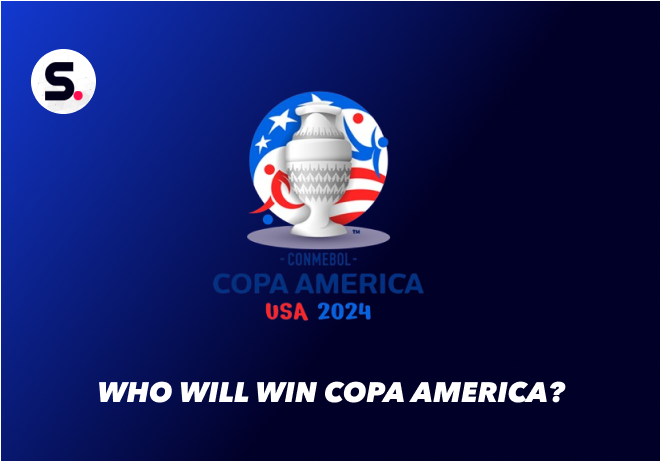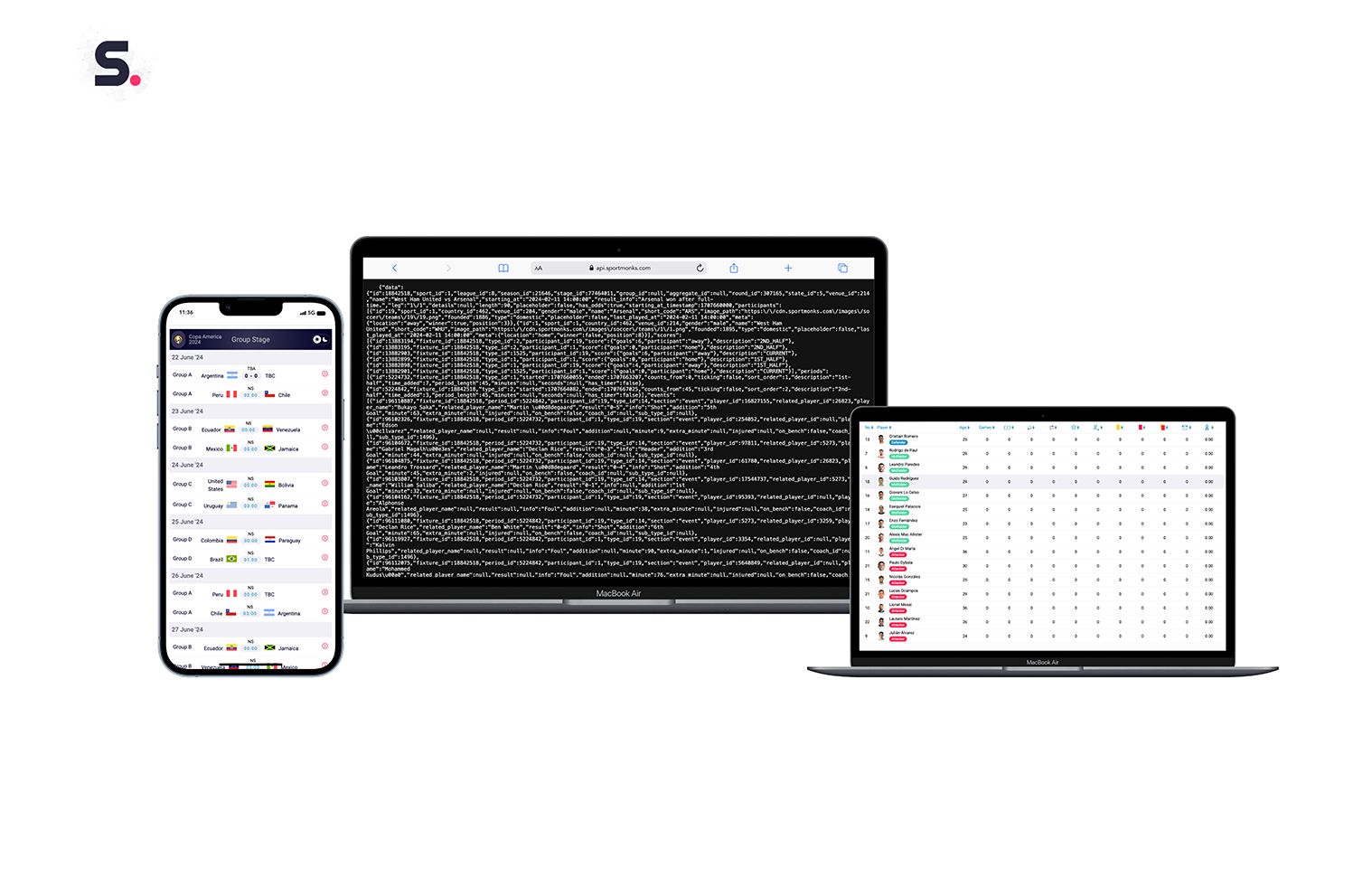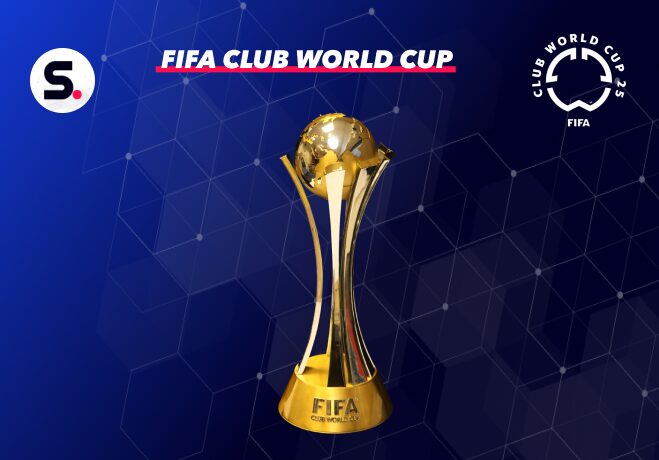
Contents
History of the Copa Libertadores
The Copa Libertadores’ history is a rich one consisting of passion, drama, and the pursuit of continental glory. Here’s a timeline highlighting key moments in its evolution:
– 1958-1959: The seeds of the Copa Libertadores are sown. Discussions begin about creating a South American equivalent of the European Cup, inspired by its growing success.
– 1960: The inaugural Copa Libertadores is held. Peñarol (Uruguay) were the first champions, defeating Olimpia (Paraguay) in the final. This marks the beginning of a legendary tournament.
– 1960s: Early dominance by Uruguayan clubs. Peñarol and Nacional establish themselves as powerhouses, winning multiple titles. The tournament quickly gains popularity across South America.
– 1967: Racing Club (Argentina) becomes the first Argentine team to win the Copa Libertadores, marking the start of Argentine club dominance in the competition.
– 1970s: Argentine clubs assert their dominance. Independiente became a dominant force, winning four consecutive titles (1972-1975), a feat unmatched in the competition’s history.
– 1980s: A period of more diverse winners. Clubs from different nations, including Brazil, Colombia, and Uruguay, achieve success, reflecting the growing strength of football across the continent. Flamengo (Brazil) and River Plate (Argentina) begin to establish themselves as major contenders.
– 1990s: Continued diversification and growth. The tournament expands to include more teams, and the competition becomes even more intense. São Paulo (Brazil) and Vélez Sarsfield (Argentina) are among the notable winners of this decade.
– 2000s: The rise of Boca Juniors. Boca Juniors (Argentina) cements its status as one of the most successful clubs in Copa Libertadores history, winning several titles in this decade. The tournament continues to grow in popularity and media coverage.
– 2010s: A decade of close competition. The Copa Libertadores sees a number of closely contested finals, showcasing the high level of football across South America. Atlético Nacional (Colombia) and River Plate are among the prominent winners.
– 2018: River Plate and Boca Juniors contest an epic and controversial final, eventually played over two legs due to fan violence, highlighting the passion and intensity surrounding the tournament.
– 2020s: The Copa Libertadores continues to evolve, with clubs from various nations vying for the title.
Structure of the Copa Libertadores
The Copa Libertadores employs a structured format designed to identify the best club team in South America. The competition has evolved over the years, but the core principles of qualifying rounds, group stages, and knockout phases have remained central to its structure. Here’s a breakdown of the current format:
Qualification
Teams qualify for the Copa Libertadores through their performance in their respective domestic leagues. The number of qualifying spots allocated to each country varies depending on the strength of their league, as determined by CONMEBOL’s ranking system. Generally, the champions and top-placed teams from each nation’s top division gain entry.
Qualifying stages
Before the main tournament begins, several teams participate in qualifying rounds. These rounds involve a series of knockout matches, with the winners progressing to the group stage. The qualifying stages provide an opportunity for teams from smaller nations or those who finished slightly lower in their domestic leagues to earn a place in the main draw. In this stage nineteen teams compete in direct elimination matches. Only four teams advance to the group stage. This initial round sets the stage for the less favored clubs to prove their worth in the tournament.
Group stage
The group stage is the first major phase of the Copa Libertadores. The four qualified teams are added to the twenty-eight that were already secured in the group phase. In this stage, a total of thirty-two teams are divided into eight groups of four. Each team plays all the other teams in its group twice – once at home and once away – in a round-robin format. The top two teams from each group advance to the knockout stage.
Knockout stage
The knockout stage begins with the Round of 16. Teams play two-legged ties (home and away) in the Round of 16, Quarter – finals, and Semi – finals. In these rounds, if the aggregate score is level, no extra time is played—instead, the tie is decided by a penalty shoot-out
Final
The final of the Copa Libertadores is a single-match event, usually held at a neutral venue chosen by CONMEBOL. The winner of the final is crowned the Copa Libertadores champion and qualifies for the FIFA Club World Cup.
Key aspects of the format
– Draws: Draws are held for the qualifying rounds, group stage, and knockout stages to determine the matchups.
– Away goals rule: The away goals rule has been abolished in Copa Libertadores since the 2022 edition. Ties level on aggregate are decided by a penalty shoot-out (with no extra time in the knockout rounds except in the final, where extra time is played if needed).
– Match calendar: Matches are typically played throughout the year, often with midweek fixtures to accommodate the busy schedule.
Key Copa Libertadores clubs
The Copa Libertadores has a rich history of legendary clubs that have established themselves as perennial contenders and iconic symbols of South American football. These teams, renowned for their passionate fan bases and storied success, have shaped the tournament’s identity and continue to drive its intense competition. Here are some of the most historically significant and currently prominent clubs, along with their key statistics and honours:
👥 Independiente (Argentina): Nicknamed “El Rey de Copas” (The King of Cups), Independiente holds the record for the most Copa Libertadores titles, having won the tournament 7 times (1964, 1965, 1972, 1973, 1974, 1975, and 1984). Their sustained success over decades has earned them a reputation as the most dominant club in the history of the competition.
👥 Boca Juniors (Argentina): One of South America’s most popular and successful clubs, Boca Juniors has secured 6 Copa Libertadores titles (1977, 1978, 2000, 2001, 2003, and 2007). The club is celebrated for its passionate support, particularly at its iconic stadium, La Bombonera, and its intense rivalry with River Plate further enhances its legendary status.
👥 River Plate (Argentina): Another Argentine giant, River Plate has enjoyed considerable success in the Copa Libertadores, winning the title 4 times (1986, 1996, 2015, and 2018). Known for its fierce rivalry with Boca Juniors, River Plate has consistently reached the later stages of the tournament and remains one of the continent’s most prestigious clubs.
👥 Peñarol (Uruguay): As one of the founding clubs of the Copa Libertadores, Peñarol boasts a rich tournament heritage with 5 titles (1960, 1961, 1966, 1982, and 1987). Their early dominance helped establish the prestige of the competition, and the club continues to be a historic powerhouse in Uruguayan football.
👥 Nacional (Uruguay): Another Uruguayan stalwart, Nacional has built a strong Copa Libertadores pedigree by winning the tournament 3 times (1971, 1980, and 1988). Nacional’s successes are a testament to the deep footballing tradition of Uruguay, and the club remains highly competitive both domestically and on the continental stage.
👥 Flamengo (Brazil): Flamengo is one of Brazil’s most popular clubs and has emerged as a major force in recent years. With 3 Copa Libertadores titles (1981, 2019, and 2022), Flamengo’s recent triumphs have bolstered its reputation as an international heavyweight. Their massive fan base and consistently strong performances have solidified their position among Brazil’s elite.
👥 Palmeiras (Brazil): Palmeiras is another Brazilian powerhouse with a significant presence in the Copa Libertadores. The club has won the tournament 2 times (1999 and 2020) and is known for its modern, competitive squad. Recent success has helped re-establish Palmeiras as one of the continent’s top clubs, with a reputation for tactical discipline and robust domestic performances.
Famous players in the Copa Libertadores
The Copa Libertadores has been graced by a galaxy of footballing stars over the decades. Although none of these legends now play in the competition, their influence has left an indelible mark on South American football. Their extraordinary performances, leadership, and moments of brilliance have become an intrinsic part of the tournament’s history. Here are some of the most iconic players based on their impact in the competition:
👤 Pelé (Santos FC): Even though Pelé’s prime came during the early years of the Copa Libertadores, his contributions with Santos in the early 1960s—helping the club to win the title in 1962 and 1963—set the standard for excellence. His dazzling skill, prolific goal-scoring, and ability to inspire teammates helped elevate the competition’s prestige on the global stage.
👤 Garrincha (Botafogo / Flamengo): Celebrated as one of the greatest dribblers of all time, Garrincha’s mesmerizing runs and flair for the unexpected lit up the tournament. Although he is more famously associated with Botafogo, his stints at Flamengo further cemented his status as a symbol of the creative, free-flowing football that has long defined South American style.
👤 Carlos Alberto (Santos FC): A legendary captain and defender, Carlos Alberto is best remembered for his leadership on the pitch. With Santos, he played a pivotal role during a golden era—helping his team to achieve Copa Libertadores glory and demonstrating that defensive brilliance can be as inspirational as attacking flair.
👤 Diego Maradona (Argentinos Juniors / Boca Juniors): Maradona’s genius transcended club boundaries, and his spell at Boca Juniors showcased his extraordinary talent in the Libertadores. Despite never winning the tournament himself, his ability to mesmerise opponents with his dribbling, vision, and creativity made him an enduring icon whose performances are still talked about with reverence.
👤 Zico (Flamengo): A prolific playmaker and goalscorer, Zico was central to Flamengo’s triumph in the 1981 Copa Libertadores. His technical skill, vision, and consistency helped him become one of the tournament’s most memorable figures, and his legacy endures as a benchmark for creative midfield play in South American football.
👤 Neymar (Santos FC): Before his move to Europe, Neymar burst onto the scene with Santos, where his dazzling skills and clinical finishing were on full display in Copa Libertadores campaigns—most notably during the 2011 campaign. His combination of flair, pace, and technical ability not only delighted fans but also signalled the arrival of a future global superstar.
👤 Ronaldinho (Atlético Mineiro): Ronaldinho’s magical return to South America was encapsulated in his time with Atlético Mineiro. He was instrumental in the club’s successful 2013 Copa Libertadores campaign, where his creativity, skill, and infectious joy for the game helped secure his place among the competition’s most influential modern icons.
👤 Juan Román Riquelme (Boca Juniors): A visionary playmaker, Riquelme’s performances for Boca Juniors in the Copa Libertadores are the stuff of legend. His ability to dictate the tempo of a game with incisive passing, coupled with his knack for scoring important goals, made him a central figure in Boca’s successes and a symbol of refined Argentine football.
👤 Carlos Tevez (Boca Juniors): Renowned for his passion, tenacity, and leadership, Tevez became a fan favourite in the Copa Libertadores. His dynamic style of play and ability to score crucial goals contributed significantly to Boca Juniors’ campaigns, and his fighting spirit on the pitch resonated with supporters across the continent.
The human stories of the Copa Libertadores
The Copa Libertadores isn’t just about goals and glory; it’s woven with unforgettable human stories, tales of resilience, passion, and the pursuit of dreams. These stories, etched into the tournament’s fabric, are what truly define its magic.
The rise of the underdog: Once Caldas’ 2004 triumph
In 2004, Once Caldas, a modest Colombian club from Manizales, defied all expectations to win the Copa Libertadores. In one of the greatest underdog stories in football history, they overcame far larger and more established teams—including a final showdown against Boca Juniors that went to penalties—to become the first Colombian club to achieve this with a historic victory. Their campaign, built on collective teamwork and unwavering belief, inspired a nation and demonstrated that with determination, even the smallest club can achieve the impossible.
The agony and ecstasy: Palmeiras’ 1999 victory
The 1999 Copa Libertadores final remains a rollercoaster of emotions in Brazilian football history. Facing Deportivo Cali, Palmeiras played out a tense two-legged tie that ended level on aggregate. The final was decided by a penalty shoot-out, in which Palmeiras’ goalkeeper Marcos emerged as a national hero by making crucial saves. This dramatic victory not only symbolised the first time Palmeiras secured this famous trophy, but also symbolised the intense pressure and magic that the competition can deliver—moments of ecstasy that resonate with fans to this day.
The enduring legend: Rogério Ceni’s 100th goal
Rogério Ceni, the legendary goalkeeper of São Paulo, is renowned not only for his shot-stopping abilities but also for his remarkable goal-scoring record—scoring over 100 goals during his career. In 2005, during a Copa Libertadores match, Ceni achieved the extraordinary milestone of his 100th career goal. Renowned for his proficiency from free kicks and penalties, Ceni defied convention and redefined the role of a goalkeeper. His dedication and versatility have made him a unique figure in the tournament’s history, symbolising the unexpected brilliance and character that the Copa Libertadores attracts.
These stories are but a few examples from a vast catalogue of human triumphs and dramas that have defined the Copa Libertadores. They remind us that football is much more than a game—it is a reflection of the human spirit, capable of overcoming the odds, inspiring hope, and uniting millions through moments of sheer brilliance and passion.


